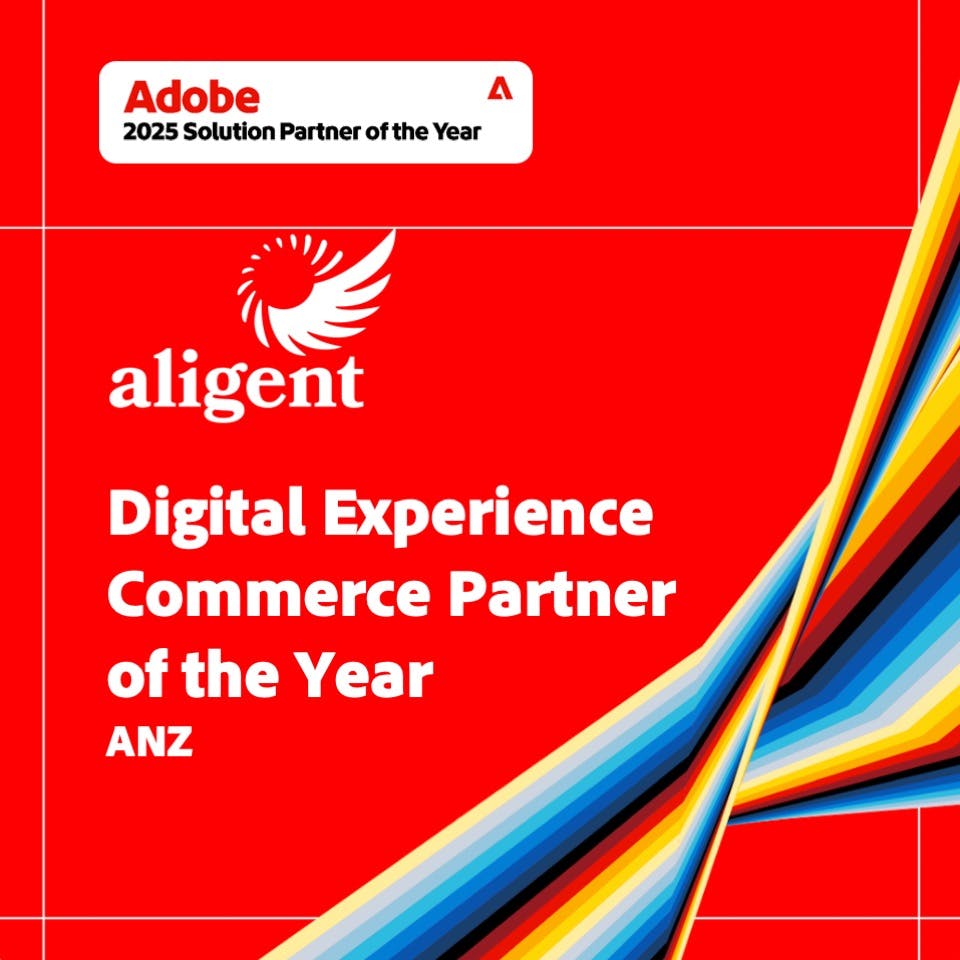Accessibility: why you need to pay more attention
What does Accessibility mean in the world of e-commerce?

By making e-commerce accessible, retailers can reach a wider customer base and create a more inclusive and diverse online shopping experience, which has a positive impact on reputation and the bottom line.
- A study by WebAIM found that 98% of websites fail to meet accessibility standards. (WebAIM, 2022)
- According to the World Health Organization, about 15% of the global population has some form of disability (WHO, 2021); even higher in Australia at 18% (ABS, 2022)
- There are over 690 million persons with disabilities in the Asia-Pacific region (UN, 2021)
Beyond the community benefit, the opportunity to reach into relatively untapped markets presents an attractive commercial proposition.
In addition to the benefits of increasing the pool of shoppers that can purchase goods and services, merchants who invest in accessibility reap significant benefits in terms of SEO. Techniques to improve accessibility are well aligned with search engine friendliness, particularly by adding labels and descriptive text. Further, accessible design often creates more intuitive interfaces for all users, reducing cognitive friction and increasing conversion.
Accessibility in e-commerce includes ensuring that websites and apps are designed to make them easy to navigate using assistive technology, such as screen readers or alternative input devices. Aligent is an example of an ecommerce agency who is collaborating with clients to drive accessibility improvements, recognising the opportunity that exists.
With the importance of accessibility in mind, how are we responding to this opportunity as an industry? What is the present reality?
Recently, the industry has increasingly recognised the importance of Accessibility in e-commerce and has invested in developing a greater awareness of requirements and related technologies. Aligent has explored insightful activities that are contributing to this movement. For example, the agency held an accessibility “showdown”, whereby employees were classed into testers and helpers, aiming to navigate leading e-commerce websites using only accessibility tools and software commonly in use.

A tester would listen to the screen reader software, and attempt to navigate using a keyboard (without seeing the screen). Alongside each tester were two helpers, who provided guidance when a tester got stuck, noted when that happened and communicated tasks: “search for a product”, “add to cart (including specifying size or colour)” and “checkout with alternative payment”.
Multiple sites were tested and the results were staggering; you won’t fully appreciate the challenges until you attempt to do it yourself!
In almost all instances, testers couldn’t easily find the price of a product; in some cases, the form fields weren’t announced correctly and validation errors weren't announced at all. On the product listing pages, it was hard for testers to keep track of filters they had enabled.
For the websites that implemented them, landmarks were a lifesaver, making it much easier to jump around to different parts of the page. Similarly, semantic HTML made a huge difference when announcing content within a landmark.
Some immediate “quick wins” will directly address such issues mentioned:
- Using aria-live on validation messages so that a screen reader will announce them;
- Giving textual labels to visual elements that have semantic meaning;
- Using semantic HTML and landmarks; and
- Ensuring web page requirements are identified to the user, and the reasons why certain elements might not be available yet, such as filling in shipping details at checkout.
As you can see, small changes can make a big difference, so providing an accessible user experience does not need to be a big project on its own, but rather a consideration to keep in mind. The benefits will be significant, spanning business imperatives such as conversion optimisation, SEO and social good!






